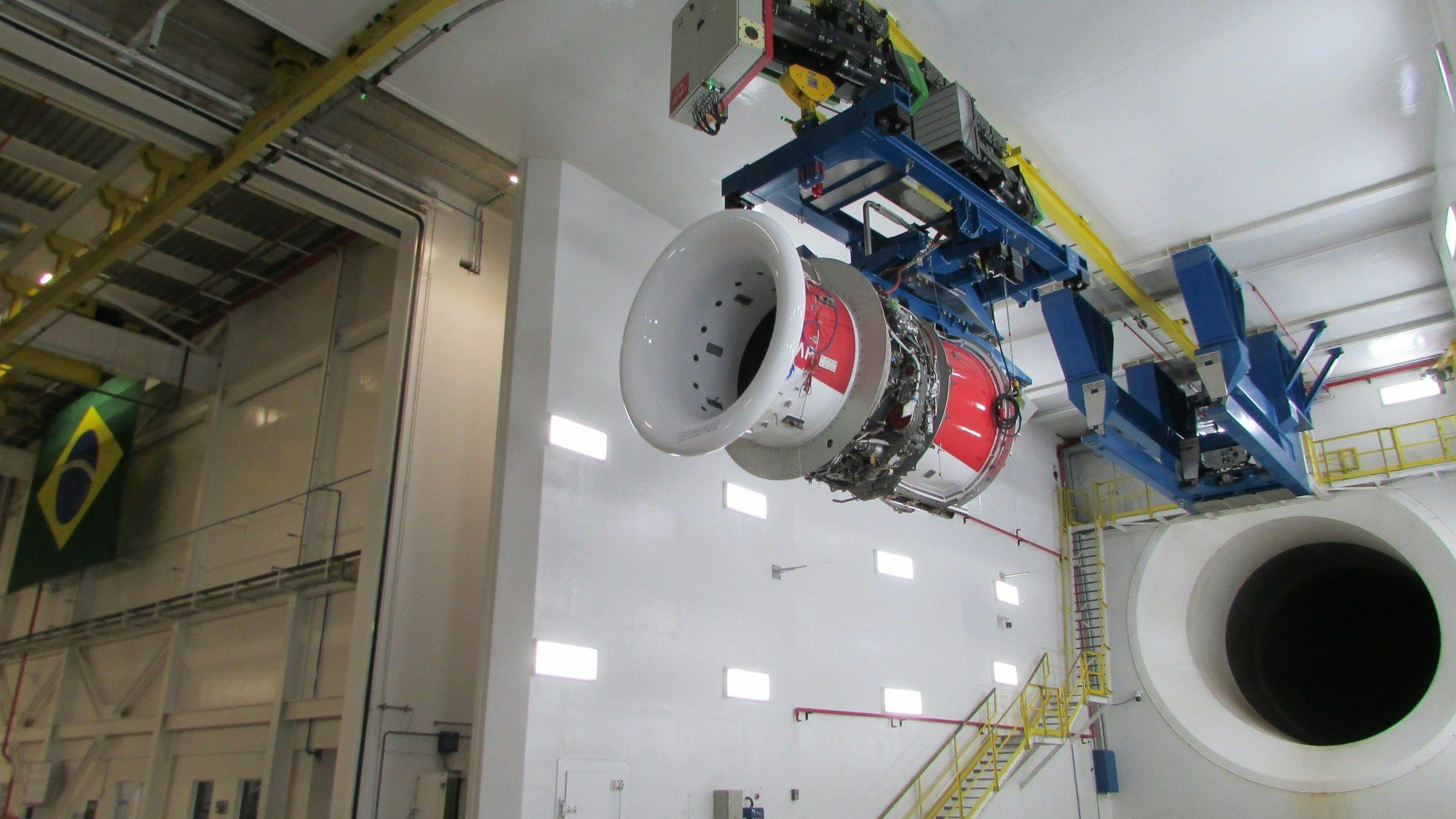
AeroGenie – Ihr intelligenter Copilot.
Trends
Categories
An Aerospace Engineer on Why Software Must Meet Space-Grade Standards
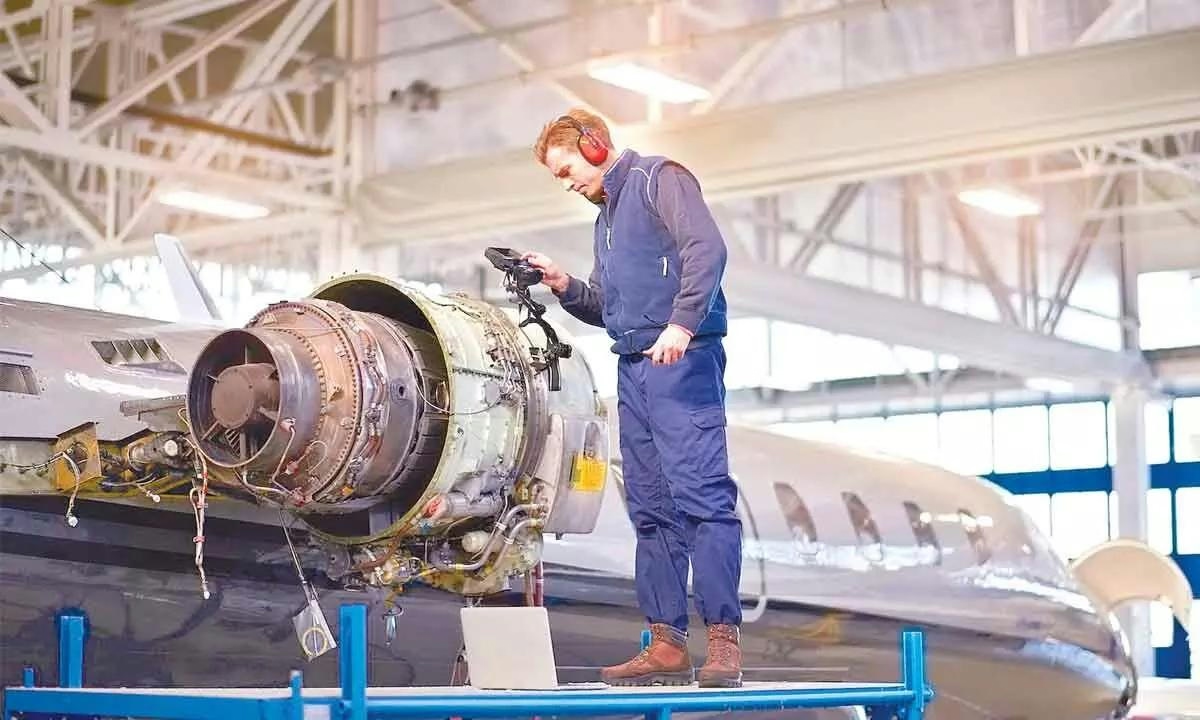
An Aerospace Engineer on Why Software Must Meet Space-Grade Standards
The internet, which originated as a Department of Defense-funded military project in 1969, has since become ubiquitous, accessible to 68% of the global population through smartphones. Similarly, space travel has transformed from a Cold War competition between the United States and the Soviet Union into a burgeoning commercial enterprise, where private citizens and celebrities can purchase tickets to orbit. As technology increasingly underpins industries with critical stakes, a pressing question emerges: why not adopt space-grade software standards from the outset?
The Intersection of Aerospace and Software Complexity
Drawing from my experience as both a mission operations engineer and a founder, I have observed how modern business and daily life rely heavily on software platforms to manage complexity. Engineers are charged with applying technology to solve intricate problems, particularly in high-stakes fields such as aerospace. During my decade-long tenure with SpaceX’s mission operations team, I witnessed the company’s relentless drive to push the boundaries of commercial spaceflight. Our mission was clear: secure mission success and immediately prepare for the next challenge. The development of rockets, satellites, and spacecraft demands not only cutting-edge hardware but also robust software that bridges the gap from concept to launch.
Yet, the very software that enables these missions can also complicate the work of operations engineers. As one of the initial members of the Dragon spacecraft’s operations team, I encountered persistent challenges in the control room—from our first mission in 2010 to the historic delivery of the first commercial astronauts to the International Space Station in 2020. Despite addressing problems on an unprecedented scale, we frequently grappled with fragmented processes and disconnected workflows, often relying on everyday office tools such as PDFs, spreadsheets, and physical checklists.
These improvised solutions exposed a fundamental issue: the lack of fully integrated systems limited our ability to tackle challenges comprehensively. This disconnect is not unique to SpaceX but reflects an industry-wide problem rooted in the disparity between software capabilities and the actual needs of mission teams.
The Imperative for Space-Grade Software Standards
Aerospace engineers recognize that software supporting space missions must adhere to exceptionally high standards of reliability and safety. The extreme conditions of space—including radiation exposure, temperature fluctuations, and the impossibility of real-time repairs—necessitate rigorous testing and validation. These stringent requirements often result in increased costs and project delays, as every line of code must be meticulously scrutinized to ensure resilience in the harshest environments.
The industry’s response to these demands has been twofold. While costs and timelines have risen, the emphasis on quality has spurred significant innovation. Competitors invest heavily in advanced software development and quality assurance, producing more robust and reliable technologies across the sector.
To bridge the gap between software functionality and operational requirements, there is a critical need for tools designed by skilled software engineers specifically for space applications. This specialization enables mechanical engineers to concentrate on their core responsibilities—safeguarding the success of critical missions, whether in nuclear energy management or crewed spaceflight.
Ultimately, the future of high-stakes industries hinges on software that meets space-grade standards. By prioritizing reliability, safety, and seamless integration from the outset, technology can continue to empower, rather than impede, the next era of exploration and innovation.
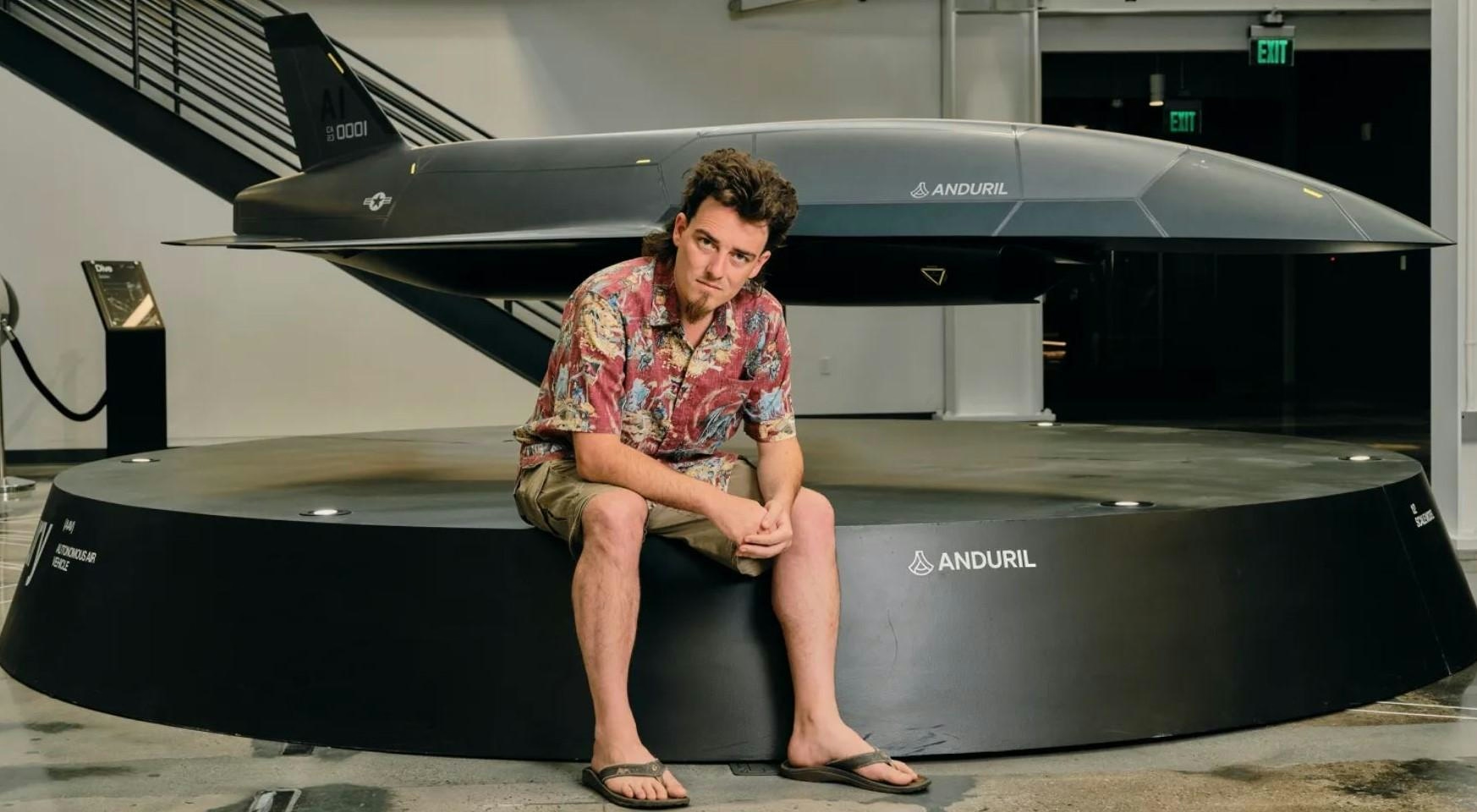
‘Fury’: The AI-Driven Drone Transforming U.S. Military Aviation

Amperity’s AI Enhances Personalization in Travel for Hotels and Airlines
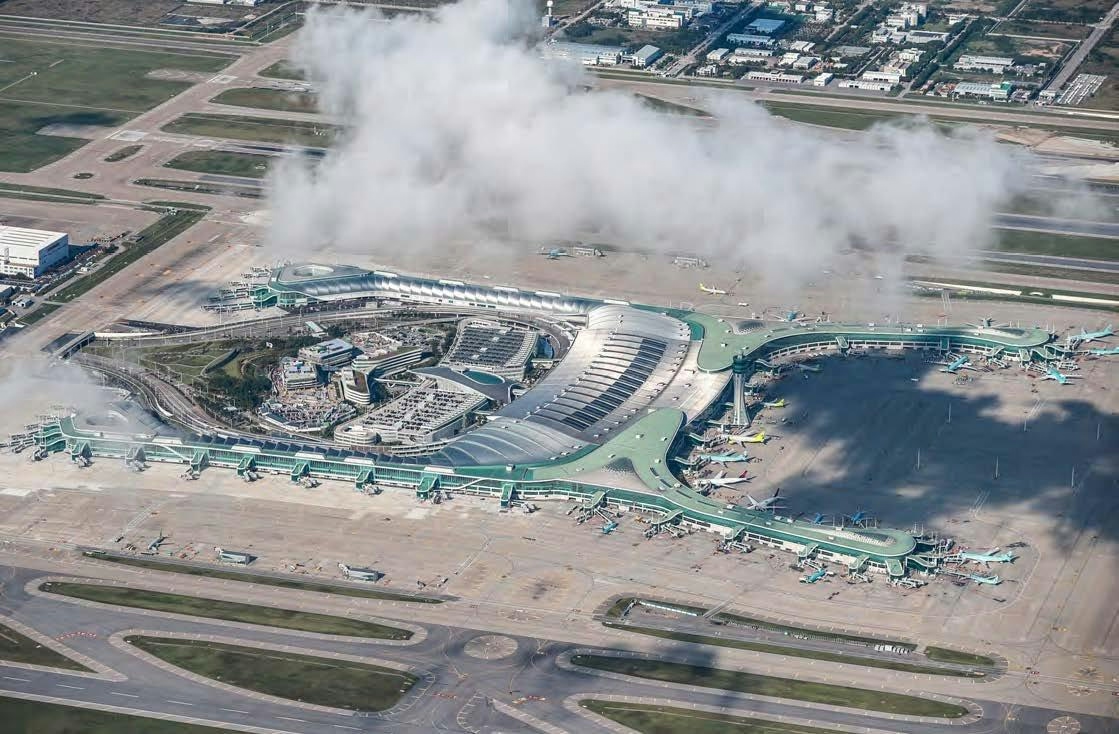
Incheon Airport Seeks Operator for Aviation AI Innovation Hub
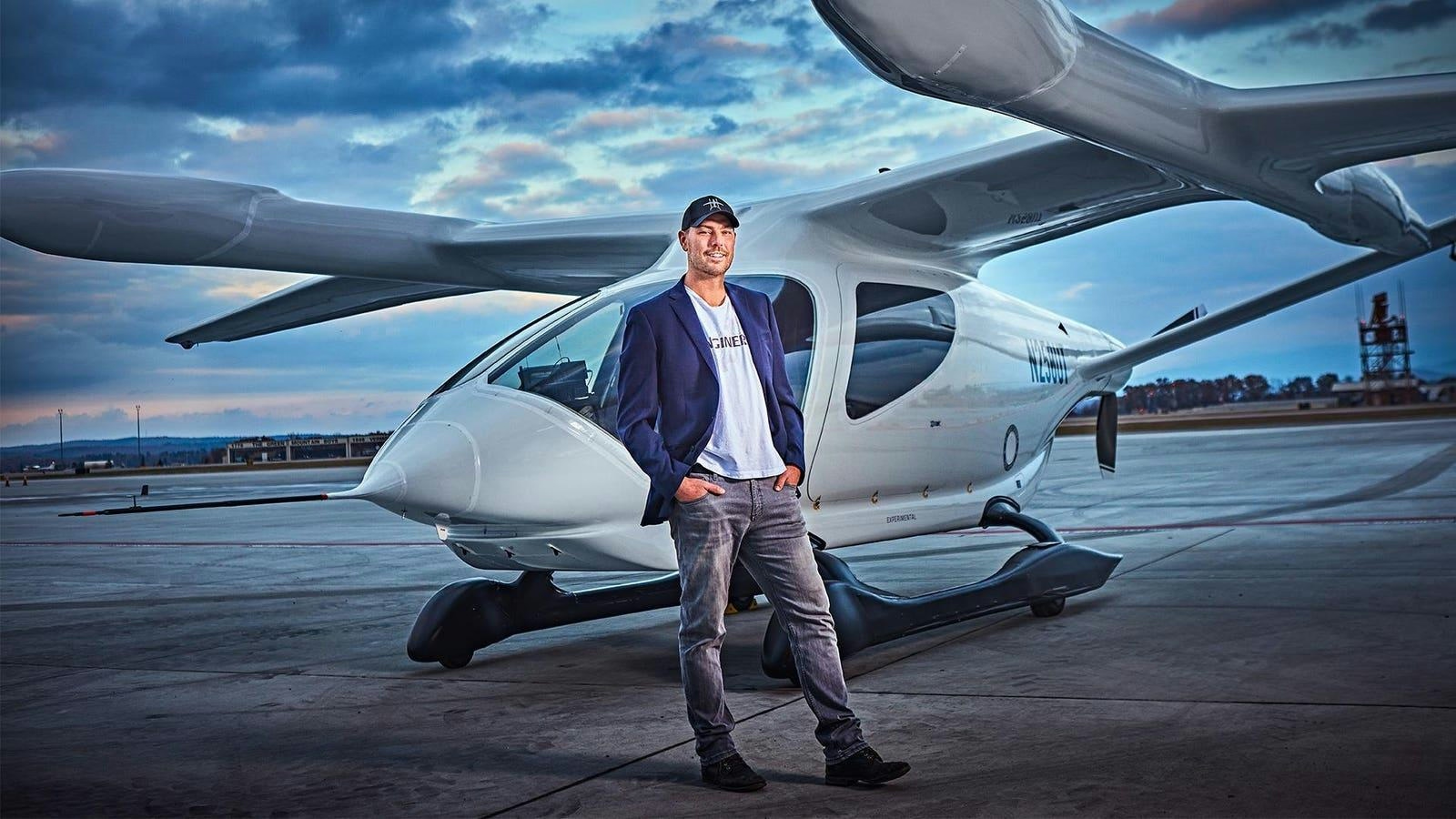
Flat-Wing Aircraft Poised to Transform Aviation and Reduce Emissions
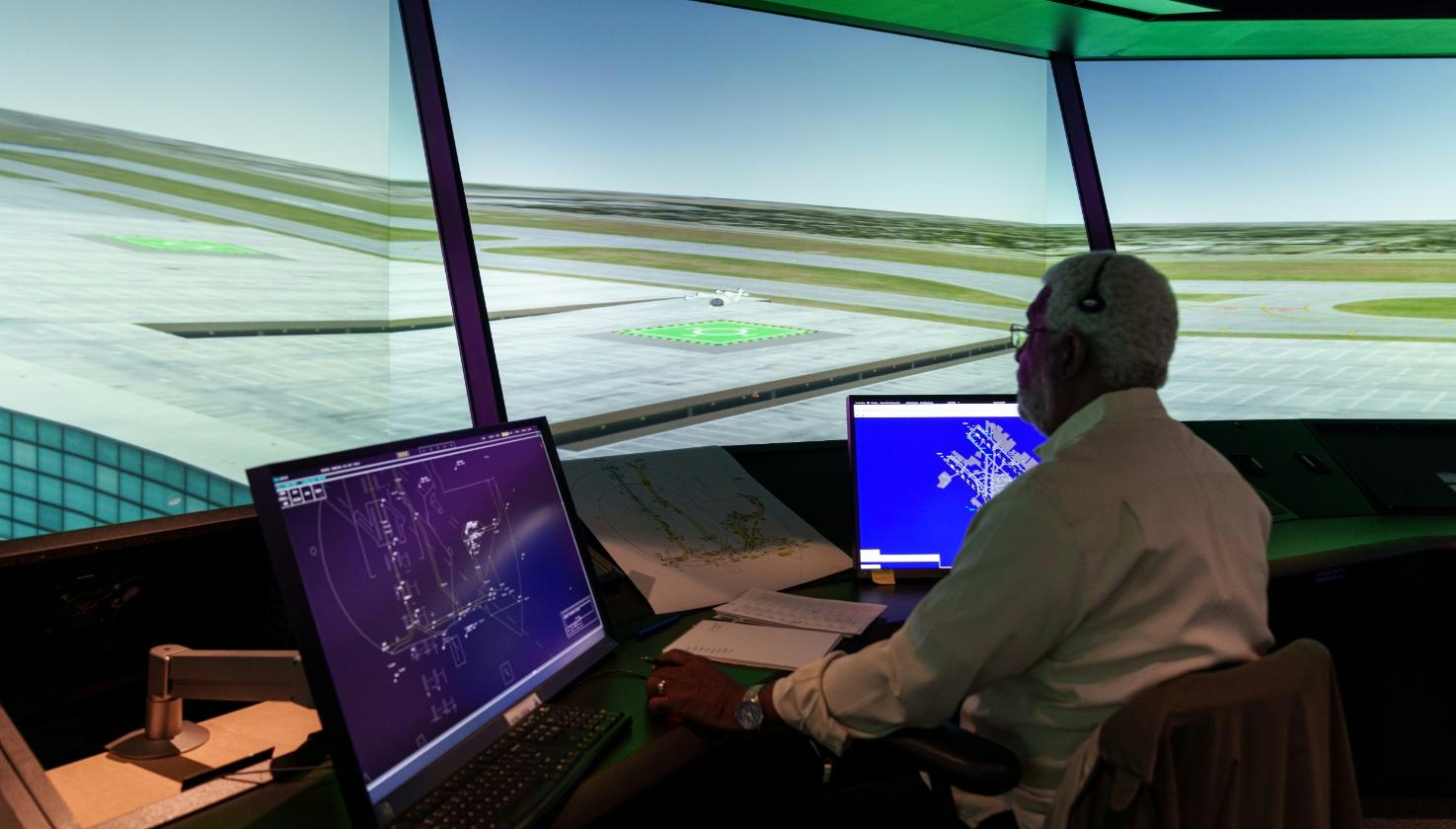
University of Bristol and Skyportz Collaborate on Air Taxi Vertipad Noise Study
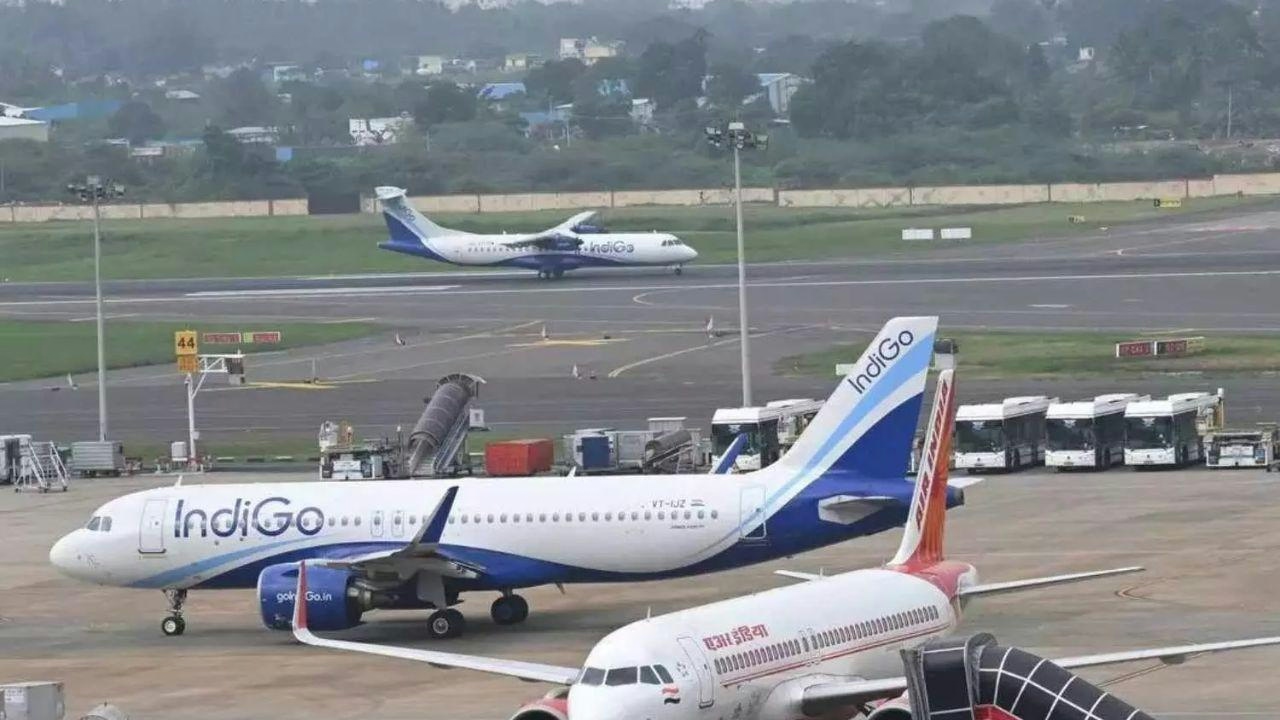
Bomb Threat Targets IGIA and Four Other Indian Airports; AI Express Flight Evacuated
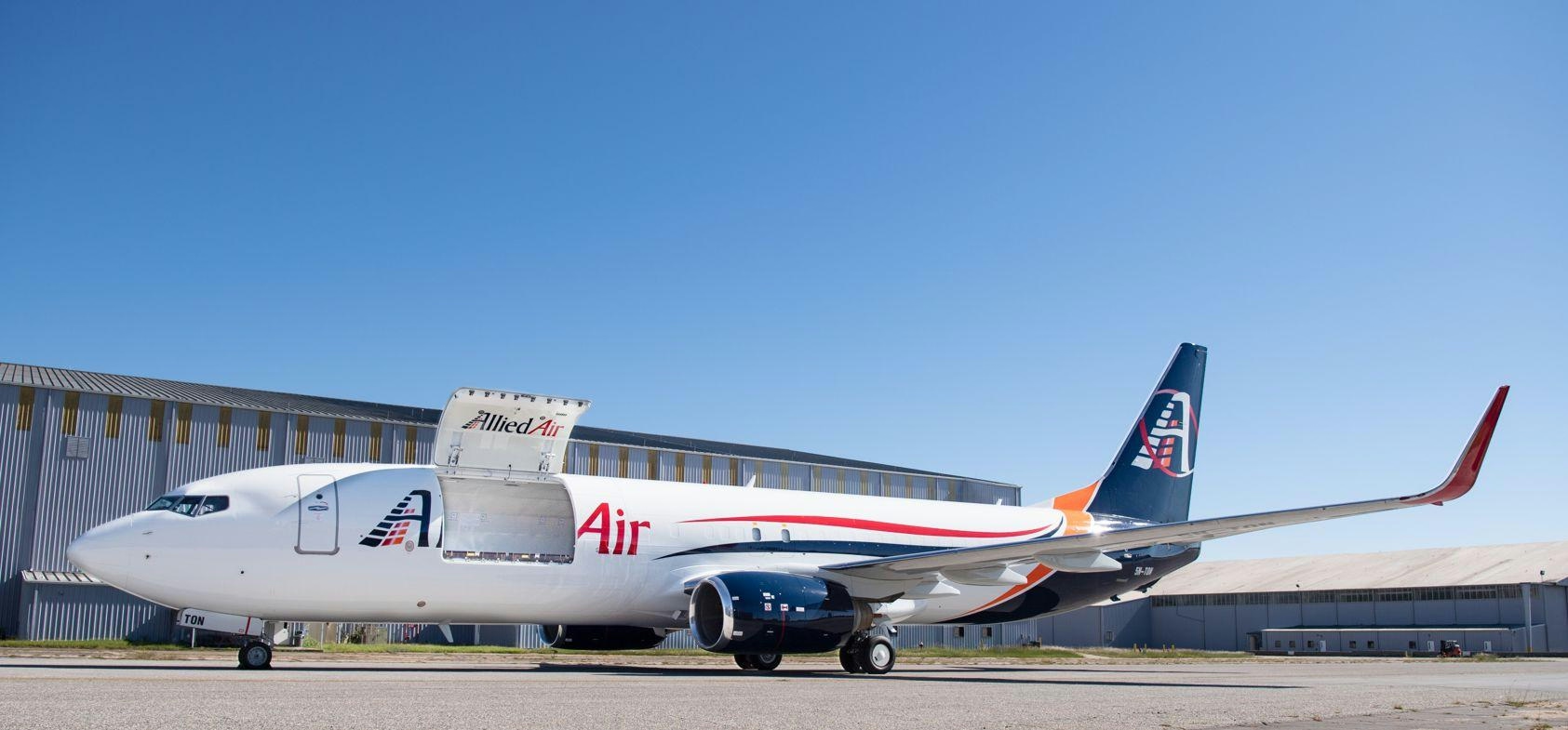
Titan Aviation Leasing Sells Two Boeing 737-800SF Aircraft to ST Engineering
Aviation Capital Group Reports Third-Quarter 2025 Financial Results
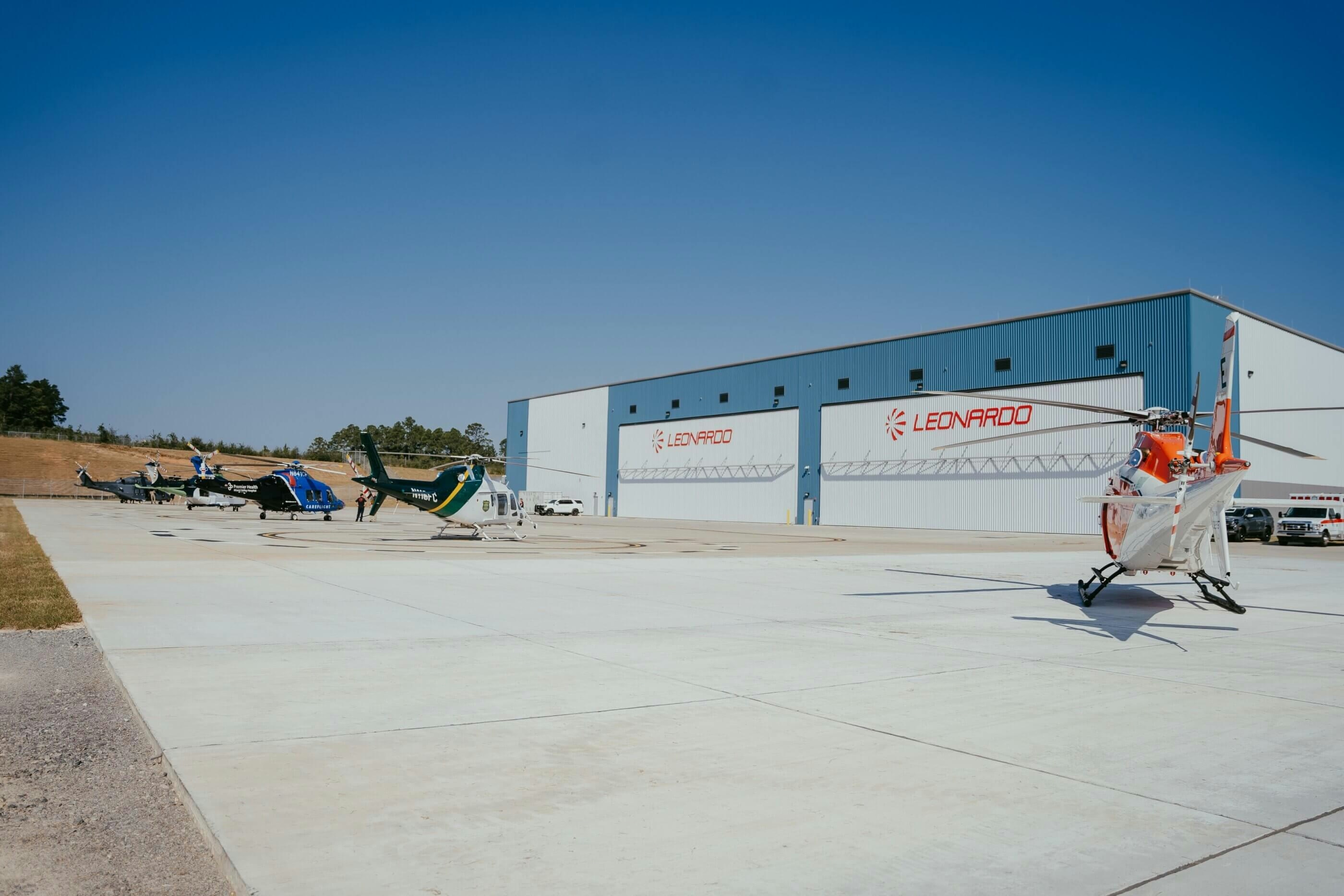
Rotortrade Opens New Part-145-Certified MRO Facility in the U.S.
